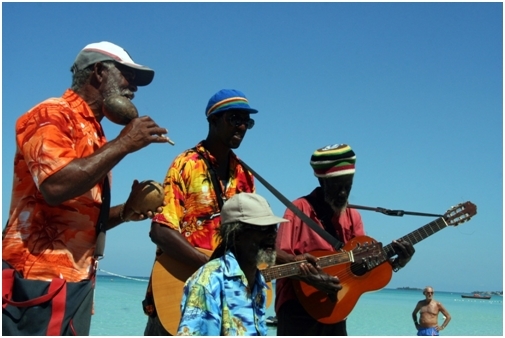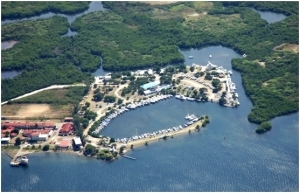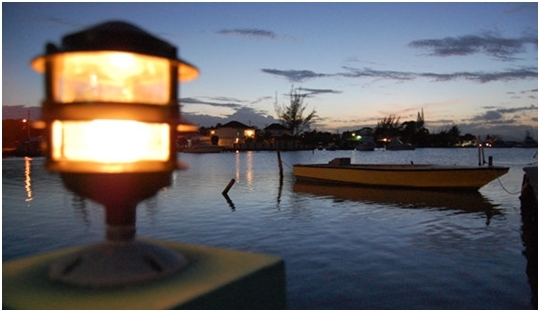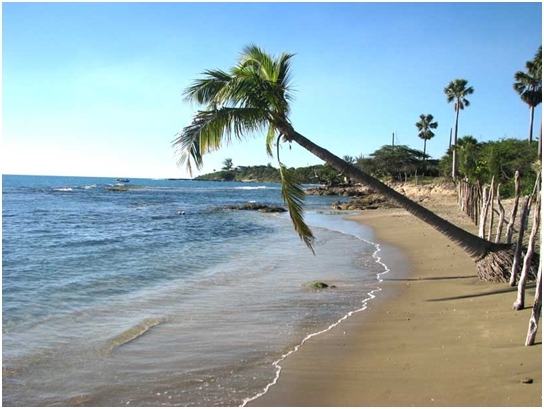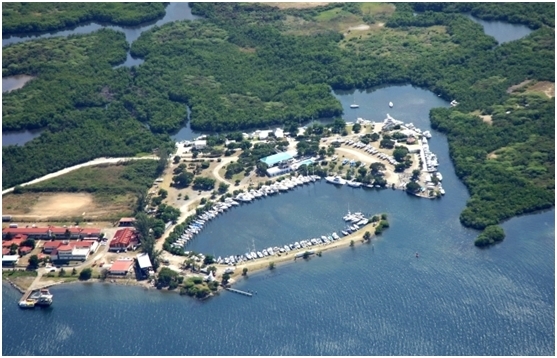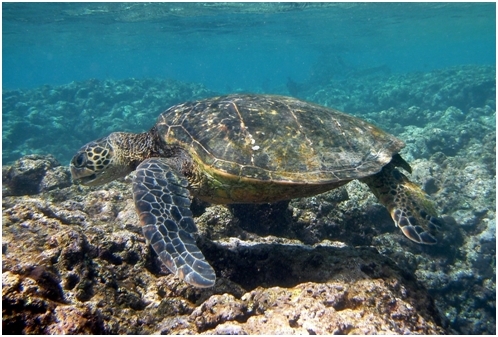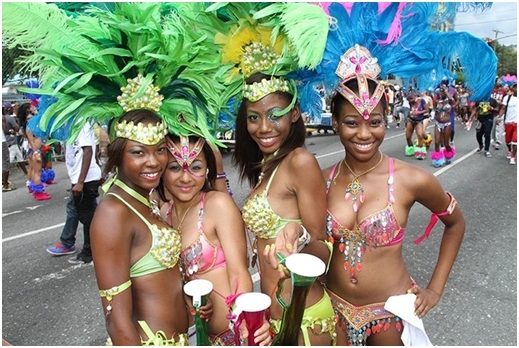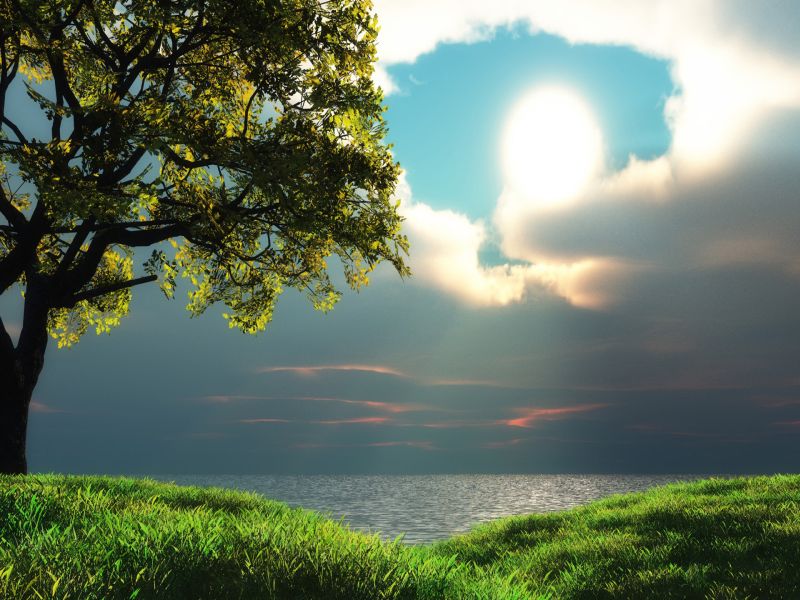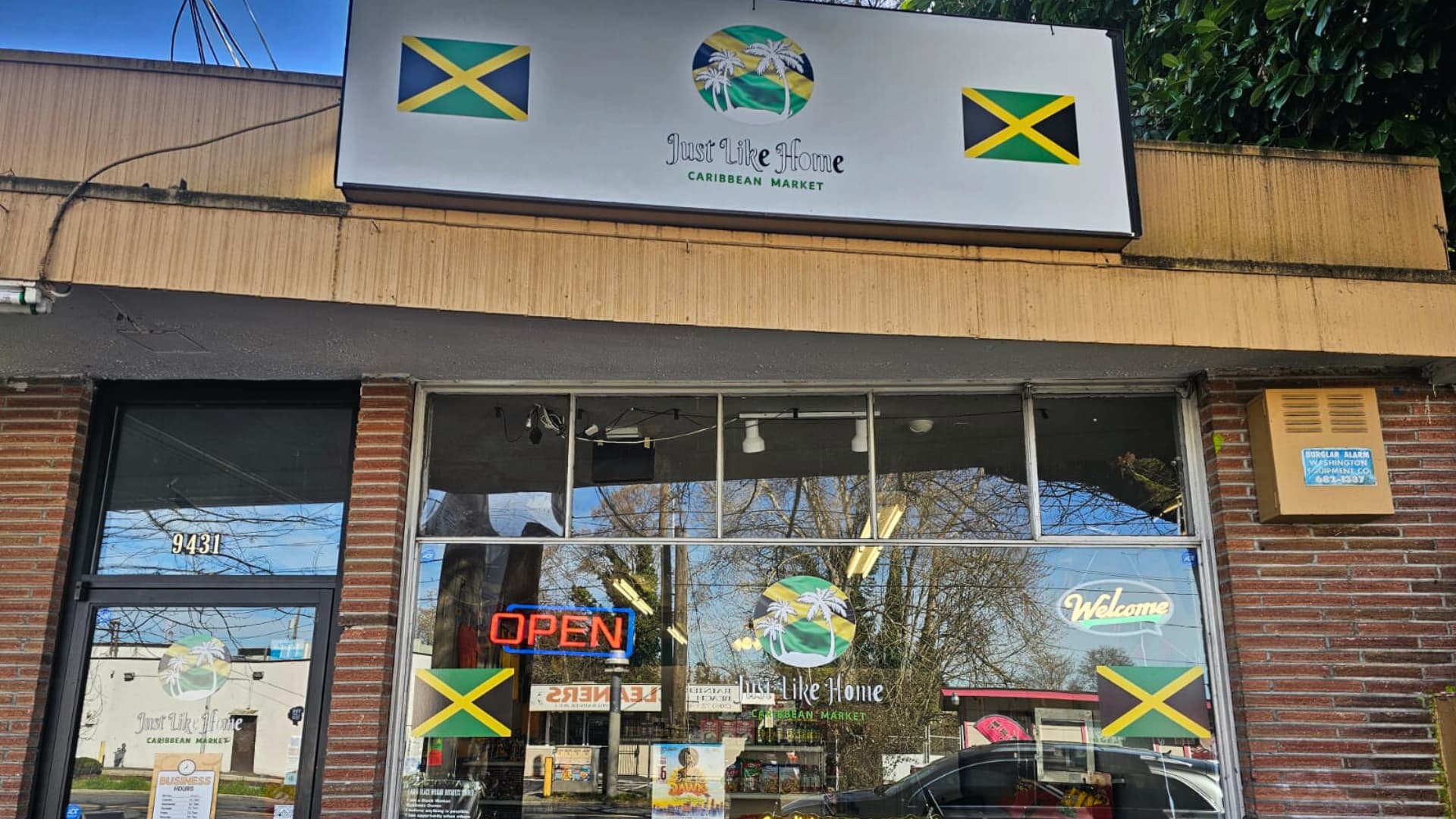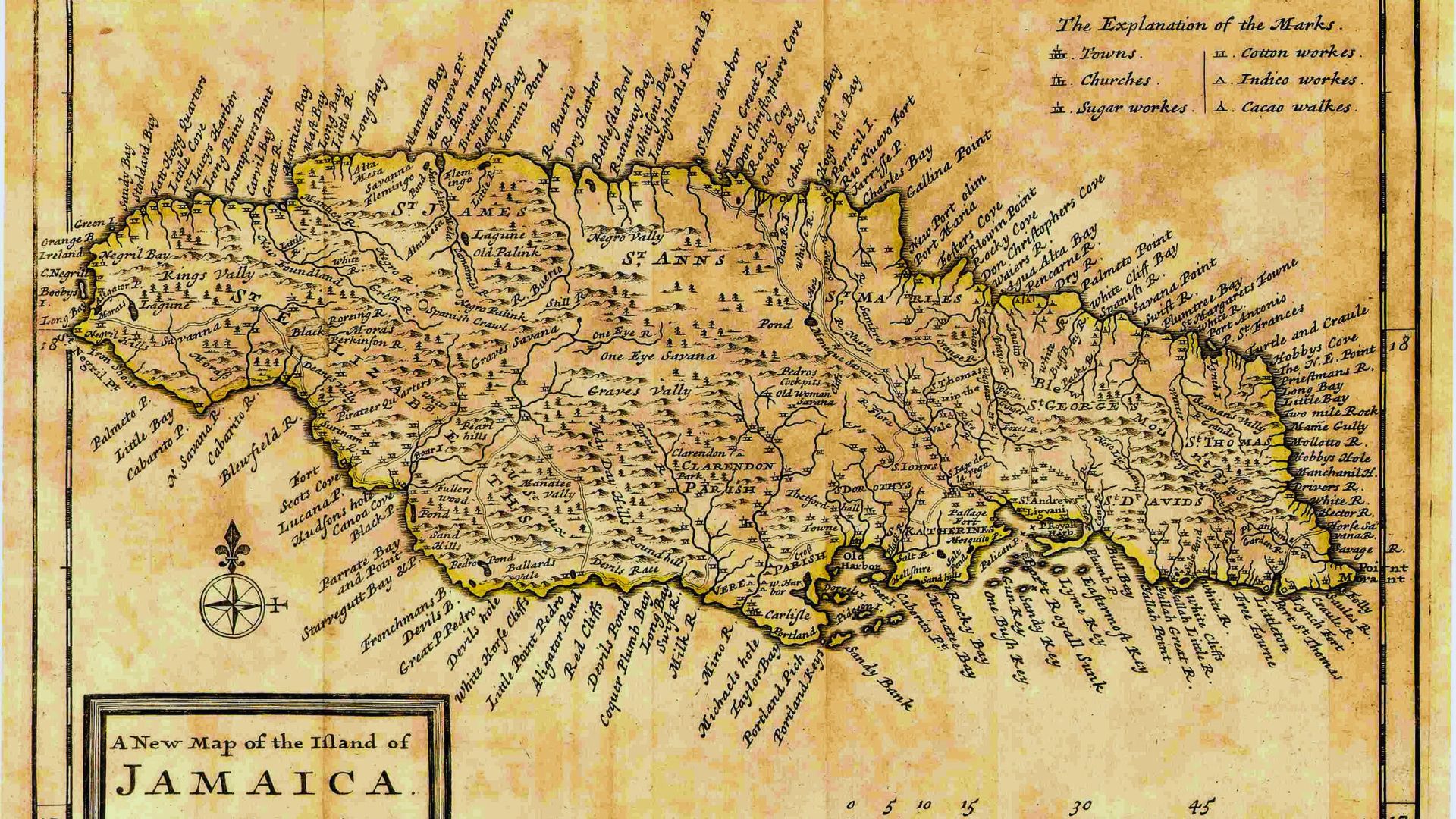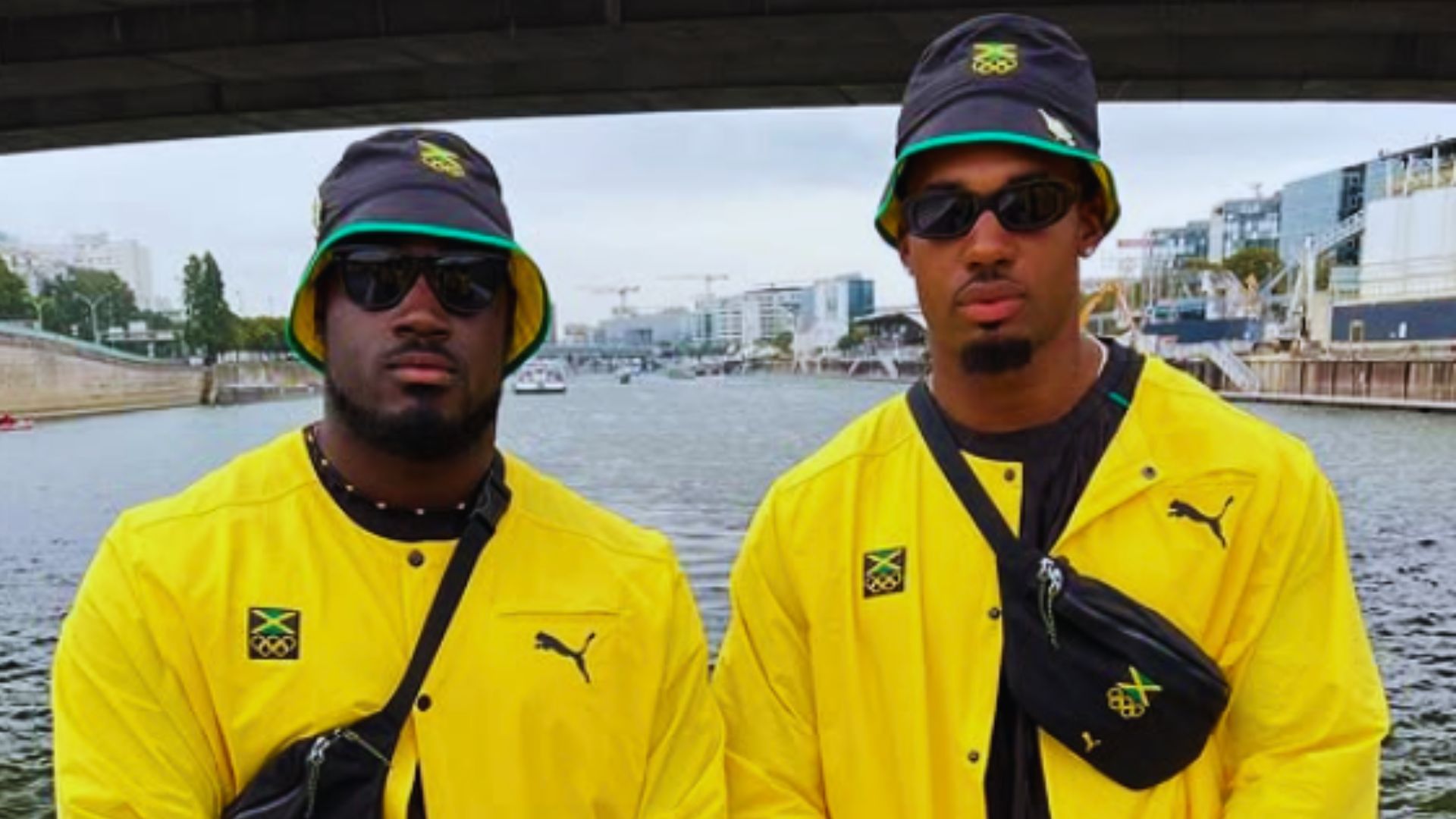Renowned worldwide for near-perfect sailing conditions, crystal clear waters and stunning beaches, there are few destinations in the world which rival the natural beauty found in the Caribbean. It’s not hard to see why so many people choose the Caribbean for a luxury yachting holiday.
Considered as one of the crown jewels of this charming cluster of islands is Jamaica; a country of not only breath-taking beauty but also rich in culture. As the home of reggae, rum, near-perfect pristine beaches and gorgeous waters teaming with wildlife, Jamaica has a lot to offer.
Sailing into Jamaica
Visitors arriving to Jamaica by private boat must enter through an official port of entry, flying their ‘quarantine’ flag. Port Antonio, Kingston, Ocho Rios and Montego Bay clear the greatest number of yachts. While there are also clearance facilities at Port Kaiser, Port Esquivel and Discovery Bay, these are more commonly used for commercial purposes.
The following ports all have customs and immigration services that can be used by visitors sailing in on their own craft:
• Kingston’s Port Royal
• Montego Bay
• Port Antonio
• Ocho Rios
• Port Kaiser
• Port Esquivel
• Discovery Bay
All on-board crew and passengers will need to clear customs before being able to enter the country; the vessel itself will also be subject to a customs inspection before it can be cleared for legal entry. When this is all completed to the satisfaction of a Quarantine Officer, you will be permitted to lower the ‘quarantine’ flag.
If you wish to continue to sail around the Caribbean shoreline of Jamaica, you will be required to obtain a “Coastwide Clearance” form, which should be presented at each port that you arrive at. There are many ports dotted around the island, so finding the right one is a question of taste.
If you’re looking for a fun time then consider ports near Kingston or Montego Bay, as these are the busier and livelier areas of the island, while smaller ports and marinas are better-suited to those looking for a more tranquil break.
The Royal Jamaica Yacht Club is based in Kingston harbour on the south east coast of the island. Founded in 1884, it has grown to be an incredibly popular mooring spot for sailing tourists.
There is also the Montego Bay Yacht Club based in the second largest city on the island after Kingston.
Glistening Waters Marina in Falmouth also offers docking services, as well as waterfront restaurants and boat tours. The Marina is named after the phosphorescent lagoon which illuminates when disturbed. This is one of only three places in the world where you can see this in nature.
Culture
When you’ve selected a place to “drop anchor”, all that’s left to do is enjoy yourself in the beautiful surroundings and diverse culture of Jamaica! The island is renowned for its rich cultural background and locals like to celebrate this heritage. One particular celebration not to miss is the Bacchanal carnival that takes place each year – the 2014 carnival takes place between March and April.
One of the main things which Jamaica is known for is reggae music, which was first developed on the Caribbean island in the 1960s. Bob Marley is reggae’s biggest star, and the Bob Marley museum – based at the former home of the late star in Kingston – is a must-see for any music fan.
Food is a huge part of Jamaican culture, and something that every visitor has to experience. Popular local dishes include jerk, rice and peas, curried goat, fried dumplings, ackee and salt fish.
Before heading back to your yacht, take in some of the local cuisine at the renowned Rick’s Café based in Negril, which has become famous for its menu filled with local delicacies. First opened in 1974 and positioned right on the waterfront, this is one of the most popular eating and drinking establishments on the island.
Wildlife
Visitors planning the set sail for the island outside of these carnival months can still enjoy experiences of a lifetime and create everlasting memories. One of the common reasons people want to visit this part of the world is for the fascinating marine wildlife, and they’re spoilt in Jamaica as these warm waters are home to several different types of whales, dolphins, sharks and turtles, not to mention countless beautiful fish.
Snorkelling off the coast of the white sand beaches is a popular activity, where visitors can explore underwater treasures such as the Royal Reef in Montego Bay. If swimming with dolphins is on your bucketlist then consider taking a trip to Dolphin Cove in Ocho Rios.
Jamaican beaches are graced with the presence of several different types of sea turtles, who arrive on land in order to bury their eggs in the sand. Poachers are prevented from harvesting these eggs by conservation teams, who can also take visitors on trips down to the beach to witness this magical natural event in turtle egg-laying season between June and November.
Green, Hawksbill and Logger-head turtles are all found in the waters around Jamaica, and many of them choose to lay their eggs on its beaches. They return to the same beach where they were born, and it’s thought that male turtles wait in the water for their female to bury their eggs so they can return to the ocean together.
Beaches
Jamaica is known for its stunning scenery and breath-taking beauty, and contributing towards that are the many beaches lining the islands coast. Whilst there are countless stretches of sand and sea to explore, there are some beaches that visitors simply can’t miss during their stay in Jamaica.
Treasure Beach – Perhaps one of the most renowned beaches in Jamaica is Treasure beach, located on the south side of the island in St. Elizabeth. The beautiful volcanic black sands and fresh local cuisine are all reasons why visitors flock to this 6 mile stretch of beach. As the beach is so large, it is home to many different coves, caves and bays that visitors can explore at their own pace. This is a perfect place for snorkelling or swimming.
Runaway Bay – Widely recognised as one of the most scenic areas in Jamaica, Runaway Bay benefits from being located in a quieter area, away from the inner-city hustle and bustle. It is still easily accessed from Ocho Rios in the east and Montego Bay in the west. This bay is famous for the Green Grotto caves, which are the largest of their kind on the island, and are open for exploration to tourists.
Oracabessa – One of the fastest growing resorts in Jamaica, the north-eastern Oracabessa area is perhaps best known for its links to Ian Fleming’s “James Bond” series. Fleming wrote all of his spy novels in the area, and scenes from the 1964 film ‘Goldfinger’ were filmed at the James Bond beach. Actor and playwright Noel Coward also had a home overlooking the Oracabessa area called “Firefly”, and this has now been lovingly preserved as a museum. Away from Hollywood connections, the Oracabessa bay relies heavily on fishing for income and tourism, and is a perfect spot to visit to sample local sea life.
Weather and Climate
The Caribbean enjoys a tropical climate, which means hot and humid weather which can top 30 degrees Celsius. The rainy season is between June and October, when the area is hit with heavy showers and winds.
